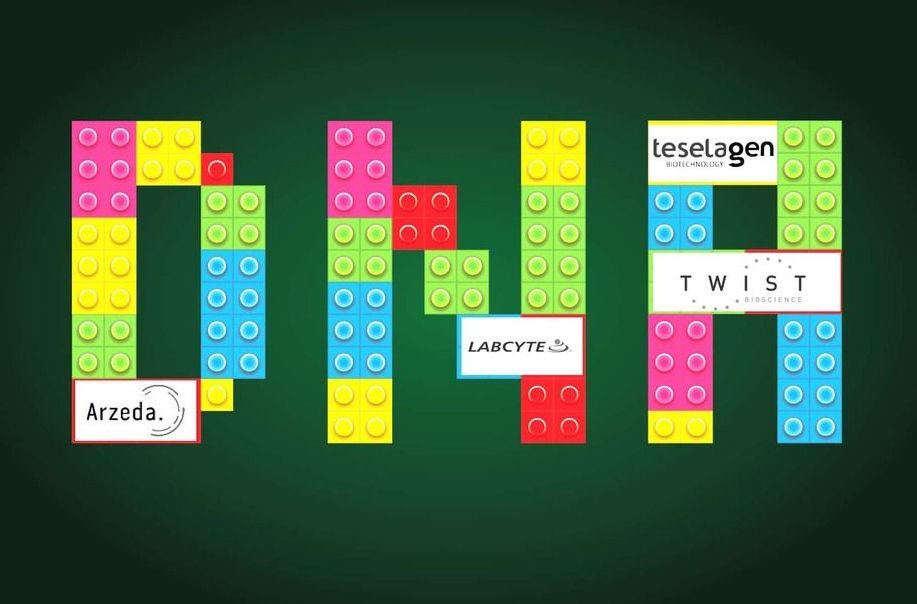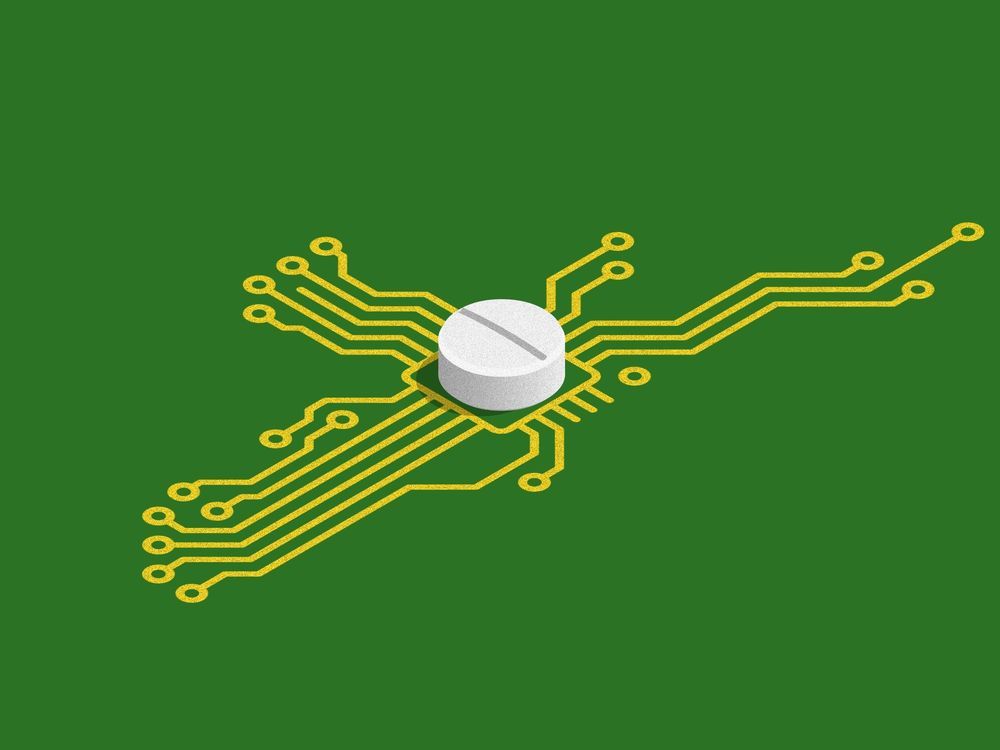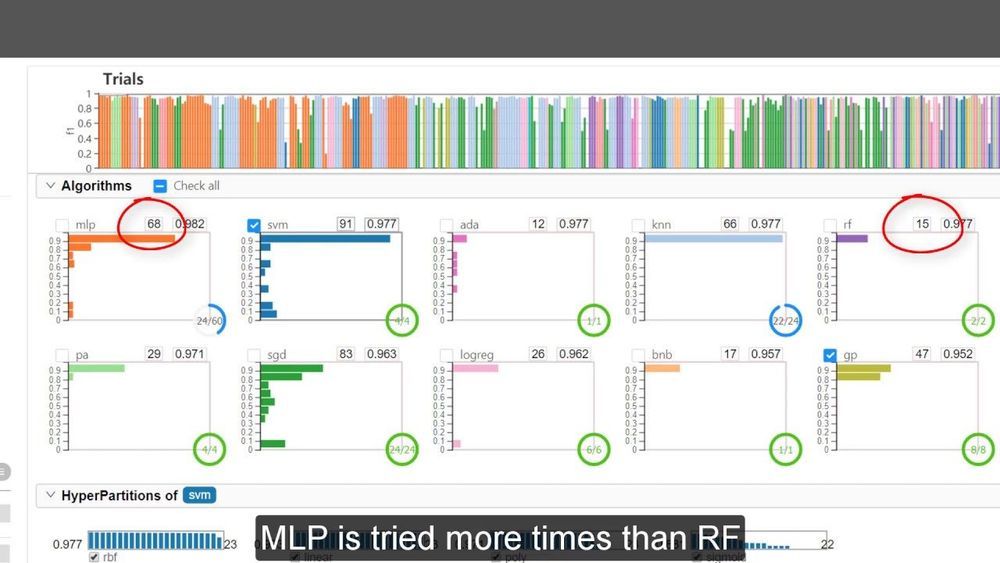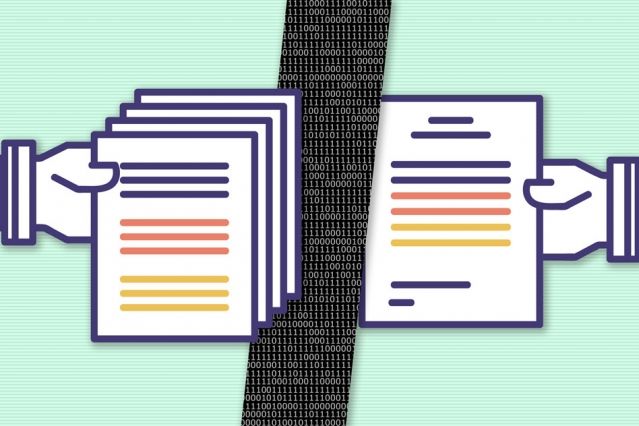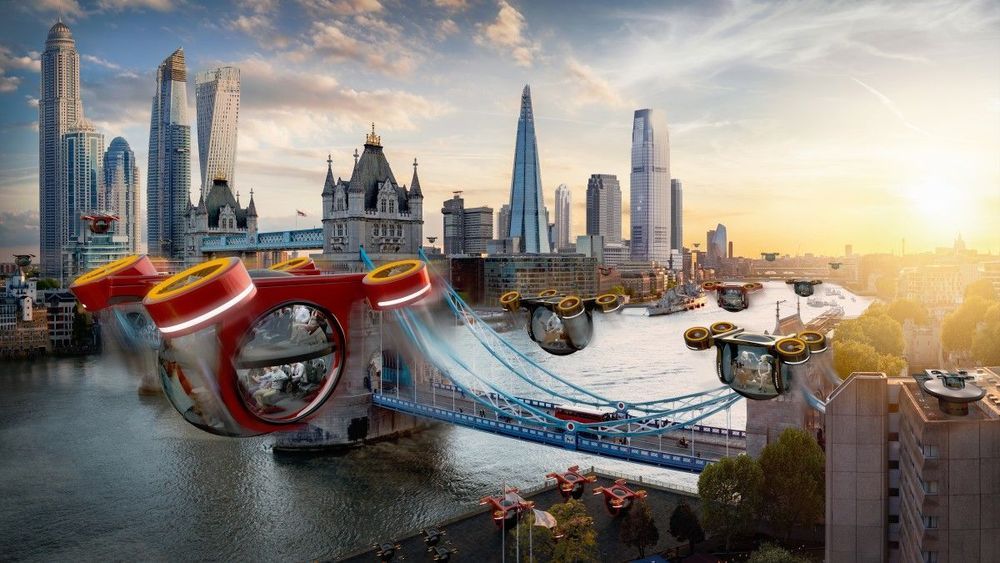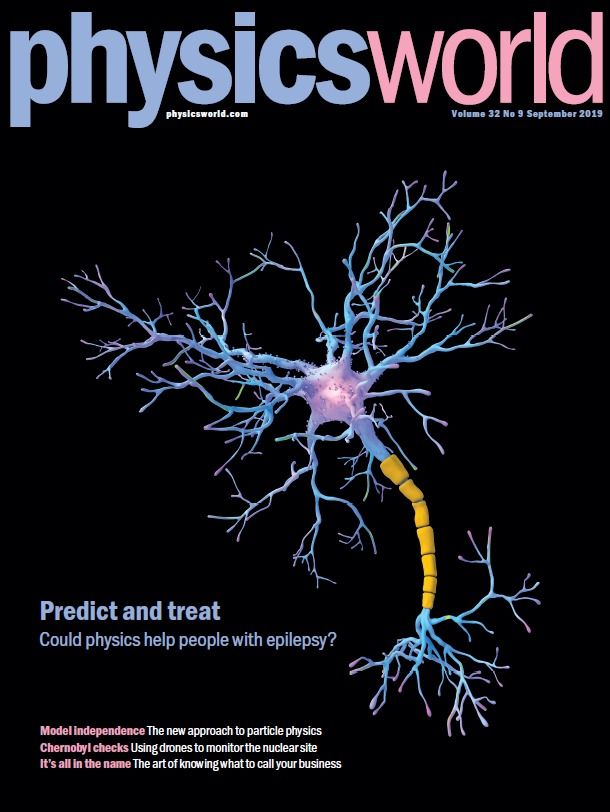Tomorrow’s wars will be faster, more high-tech, and less human than ever before. Welcome to a new era of machine-driven warfare.
W allops Island —a remote, marshy spit of land along the eastern shore of Virginia, near a famed national refuge for horses—is mostly known as a launch site for government and private rockets. But it also makes for a perfect, quiet spot to test a revolutionary weapons technology.
If a fishing vessel had steamed past the area last October, the crew might have glimpsed half a dozen or so 35-foot-long inflatable boats darting through the shallows, and thought little of it. But if crew members had looked closer, they would have seen that no one was aboard: The engine throttle levers were shifting up and down as if controlled by ghosts. The boats were using high-tech gear to sense their surroundings, communicate with one another, and automatically position themselves so, in theory, .50-caliber machine guns that can be strapped to their bows could fire a steady stream of bullets to protect troops landing on a beach.


